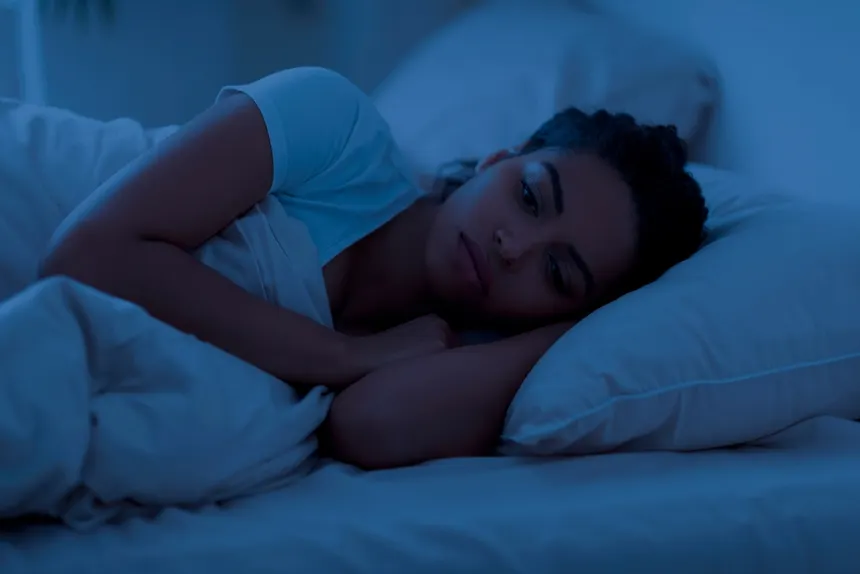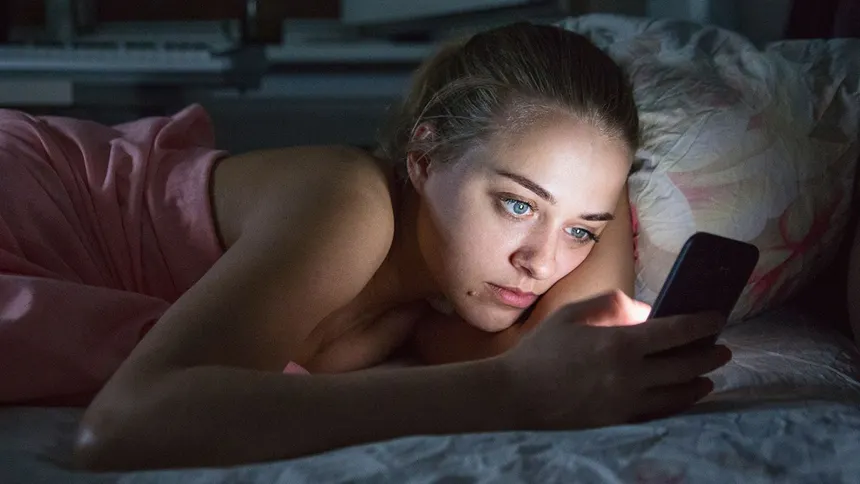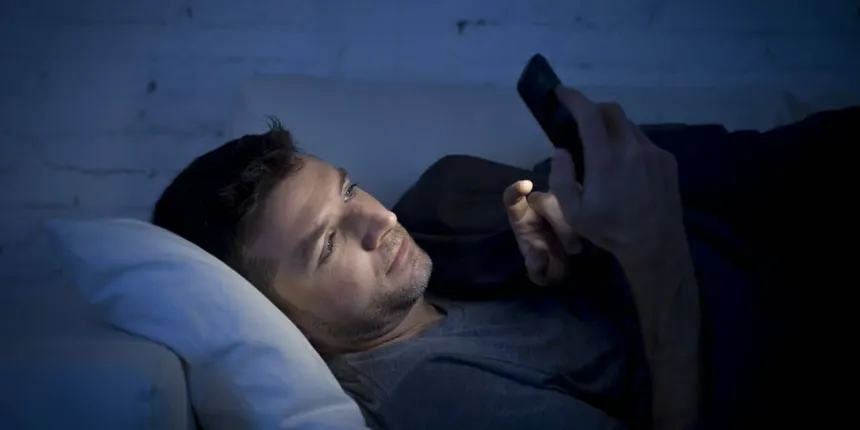The Hidden Impact of Blue Light
In today’s digital world, we are surrounded by screens. Whether it’s our smartphones, laptops, TVs, or tablets, we spend hours staring at these devices. But have you ever wondered how this affects your body? Studies show that the blue light emitted from these screens is one of the biggest culprits behind poor sleep, eye strain, and even long-term health risks. Let’s break down how blue light affects our sleep and overall well-being.
What Is Blue Light?
Blue light is a part of the visible light spectrum with a short wavelength, meaning it produces high energy. It is naturally found in sunlight, helping regulate our sleep cycle by keeping us awake and alert during the day. However, with the rise of artificial sources like LED lights and digital screens, we are now exposed to blue light at unnatural times—especially at night.

How Blue Light Disrupts Sleep
One of the biggest concerns about blue-light exposure is its effect on sleep. Here’s how it disrupts our natural sleep cycle:
1. Suppresses Melatonin Production
Melatonin is the hormone responsible for making us feel sleepy. Normally, our body starts producing melatonin in the evening when it gets dark. However, exposure to blue-light tricks the brain into thinking it’s still daytime, reducing melatonin levels and making it harder to fall asleep.
2. Alters the Circadian Rhythm
Our body follows a natural 24-hour internal clock known as the circadian rhythm. This clock helps regulate our sleep-wake cycle. Blue light exposure at night shifts this cycle, making us feel awake when we should be winding down for sleep. Over time, this can lead to chronic sleep deprivation.
3. Reduces Sleep Quality
Even if you manage to fall asleep after staring at a screen, your sleep quality may still suffer. Studies suggest that blue light exposure reduces REM sleep—the most restorative sleep phase—leading to grogginess, poor memory, and difficulty concentrating the next day.
Other Health Effects of Blue-Light
Besides sleep issues, excessive blue-light exposure is linked to several other health problems:
1. Eye Strain and Fatigue
- Blue light scatters more easily than other light wavelengths, making it harder for the eyes to focus.
- This leads to digital eye strain, which includes symptoms like dry eyes, headaches, and blurred vision.
- Long-term exposure may increase the risk of macular degeneration, a condition that can cause vision loss.
2. Increased Risk of Obesity and Diabetes
- Poor sleep quality due to blue light exposure affects the hormones that regulate hunger and metabolism.
- It increases the production of ghrelin (the hunger hormone) while decreasing leptin (the satiety hormone), leading to overeating and weight gain.
- Studies suggest that sleep disruption can also increase insulin resistance, raising the risk of type 2 diabetes.

3. Mental Health Issues
- Lack of sleep due to blue light exposure can contribute to anxiety, depression, and mood swings.
- Sleep deprivation negatively impacts emotional regulation, making stress harder to manage.
- People who frequently use screens before bed are at a higher risk of developing mental health disorders.
How to Reduce Blue-Light Exposure
While avoiding screens completely may not be realistic, there are ways to minimize the harmful effects of blue light.
1. Use Blue Light Filters
- Many smartphones, tablets, and computers have built-in “Night Mode” or “Blue Light Filter” settings that reduce blue light emission.
- Special screen protectors or blue light blocking glasses can also help.
2. Follow the 20-20-20 Rule
- Every 20 minutes, take a 20-second break and look at something 20 feet away.
- This reduces eye strain and gives your eyes a chance to recover.
3. Avoid Screens Before Bed
- Try to limit screen time at least 1-2 hours before sleeping.
- Instead, read a book, listen to music, or practice relaxation techniques.
4. Increase Exposure to Natural Light During the Day
- Spending time in sunlight helps regulate your circadian rhythm naturally.
- Taking short outdoor breaks during the day can improve sleep quality at night.

5. Adjust Room Lighting
- Use dim, warm-colored lights (like red or yellow) in the evening to signal your body that it’s time to sleep.
- Avoid bright white or blue LED lights in bedrooms.
Conclusion: Take Control of Your Health
Blue-light is everywhere, but its impact on sleep and health shouldn’t be ignored. By making small changes—like using blue light filters, taking breaks from screens, and avoiding devices before bedtime—you can improve your sleep quality and overall well-being. Prioritizing good sleep habits will not only make you feel more refreshed but also protect your long-term health. So, the next time you reach for your phone at midnight, remember: your body and mind will thank you if you put it down instead!
How Gamification is Transforming Learning & Work: 7 Big Changes






